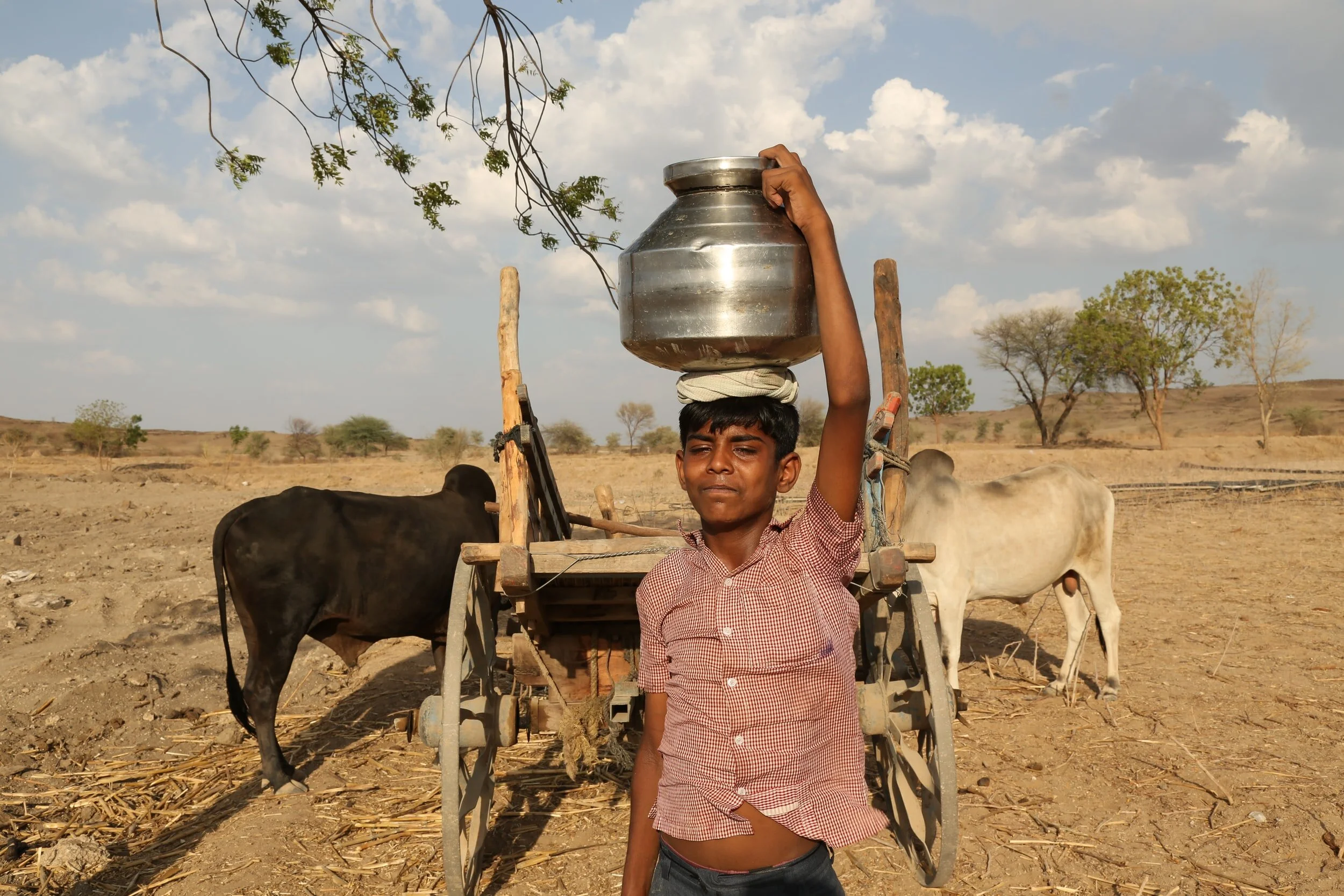Background
The world is collectively experiencing the grappling effects of a climate crisis, which is at this stage, more of an emergency than a crisis. A crucial ramification of this climate crisis is the depletion of fresh water sources. India is one of the very few countries to pump the most amount of groundwater. However, the diminishing water supply in the recent past has threatened to upend economic stability and public health in more ways than one. Polluted and contaminated aquifers along with water scarcity in several rural areas has created a grave situation that could potentially destabilize a country with a population of 1.3 billion. The water crisis in India is not new. It has been an ongoing issue that has now reached a point where it needs to be urgently addressed. A report published by NITI Aayog in 2019, states that metropolitan cities like Chennai, Bengaluru, New Delhi and several others are at the risk of running out of groundwater completely. With the expansion of population, this water crisis in India is expected to worsen by 2050.
In the Indian State of Andhra Pradesh, farmers plagued by recurrent droughts are fighting to cope with water scarcity. In recent years, farmers in this arid region have been drilling deeper and deeper in search of water to support cultivation. Agriculture, which drives the region’s economy, has been put in an increasingly precarious position as water levels in the river Godavari are diminishing. The solution to such a vast problem is often found by employing a targeted strategy at the grassroots and individual level. By co-opting water sustainability practices, individual efforts can go a long way in mitigating the larger problem of water scarcity and enabling a more mindful future.

